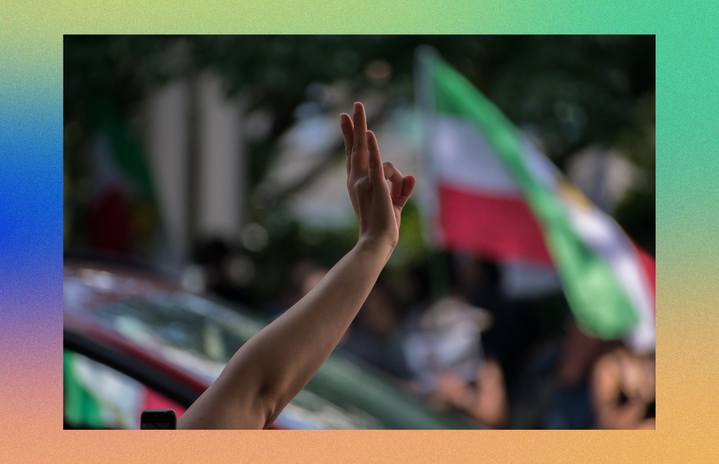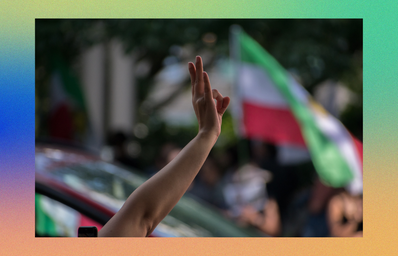The ongoing humanitarian crisis in Iran is continuing to develop after weeks of civilian demonstrations. Following the death of Mahsa Amini, public outcry has broken out throughout Iran and the world. This death, along with years of silencing, has acted as a catalyst for one of the largest civilian demonstrations in Iran in recent years. The events in Iran have resulted in a myriad of worldwide demonstrations, social media advocacy, and critique of the oppressive laws of the Iranian government.
Fulmination only continues in Iran, and with new developments every day, this kind of news can be hard to navigate and understand. Here’s what you need to know about the protests and ongoing unrest in Iran.
Protests Began After Mahsa Amini’s Death
On Sept. 16, Mahsa Amini, a 22-year-old Kurdish woman, died in Iranian “morality police” custody. Amini was arrested in Tehran, the capital of Iran, for allegedly failing to comply with the country’s “veiling laws” and improperly wearing her hijab — a mandatory article of clothing for women to wear in Iran. Iranian authorities claim that Amini suffered a stroke while in custody, fell into a coma, and died three days later.
However, Amini’s family and protesters allege that she was killed by the Iranian authorities — especially since Amini’s family confirmed that she had no pre-existing heart conditions.
After news broke of Amini’s death, Iranian women took to the streets, calling for justice on behalf of Amini. During these protests, many Iranian women have been seen publically cutting their hair and burning their headscarves in defiance of Iranian police.
Protesters Are Being Killed By Iranian Authorities
However, these protests in Iran have led to violent crackdowns at the hands of the police, resulting in arrests, beatings, and the killings of civilians. According to Iran Human Rights, 133 people have died across Iran as a result of these authoritarian crackdowns.
On Oct. 6, The Washington Post reported on the death of 16-year-old Nika Shakarami — an Iranian woman who publically burned her headscarf during a protest. Her family told BBC Persian that Shakarami went missing on Sept. 20 during a protest in which she publicly burned her headscarf. According to a friend of Shakarami who was there at the time, Shakarami was allegedly followed by Iranian authorities. After weeks of silence, Iranian authorities allege that Shakarami’s body was found on Sept. 21 after falling to her death out of a building.
But Nika Shakarami isn’t the only one. Many women, including 23-year-old Hananeh Kia, have been going missing and dying at the hands of Iranian officials. Iranian authorities have also, allegedly, threatened the families of those arrested and killed in order to intimidate them into silence.
The Protests Are About More Than Veiling Laws
While media coverage of Iran is mainly centered around the government’s dress code and veiling laws, unrest in Iran has been brewing for quite some time. The protests currently sweeping the country are also an outcry to dissent against Iran’s leadership that has resulted in decades of repressed anger over poverty, tyranny, oppression, gender segregation, and a slew of human rights violations.
What Can I Do To Help Iran?
There are a number of ways that you can show your support for women in Iran. Along with continuing to stay informed and educate others, you can also donate to human rights organizations such as Center for Human Rights in Iran, the Abdorrahman Boroumand Center, and Amnesty International.


